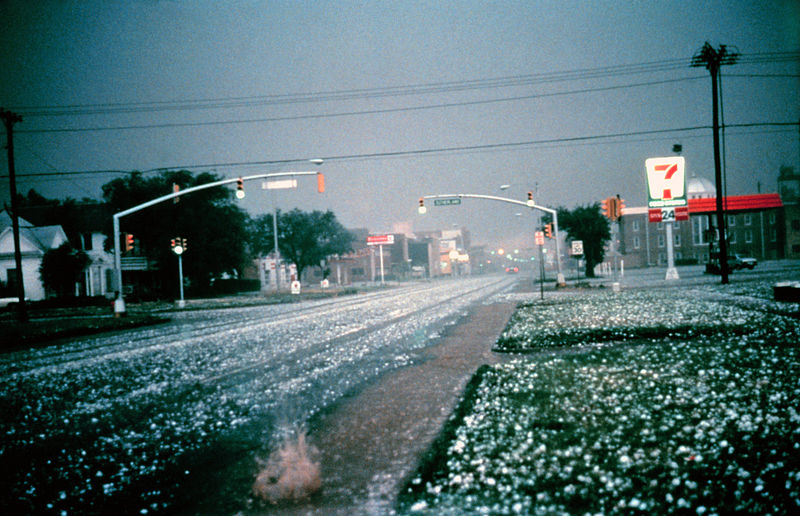Hail (Weather Weekly)
May 21, 2019
Loud banging during a storm? Sounds like hail.
How does hail form? Hail forms when rain is carried high up in the storm due to an updraft, into the colder parts of the atmosphere where it freezes into a ball of ice. Hail then falls when the updraft can no longer support the weight of it or when the updraft weakens.
What is an updraft? An updraft is simply a column of air moving upwards. Hail gets bigger when the updraft is stronger. Hail can range from pea-sized to grapefruit size. On rare instances, hail can get much larger.
The areas that get the most hail include Colorado, Wyoming, and Nebraska because these areas are in the high plains where the cooler atmosphere is much closer to the ground than it is in areas closer to sea level. This allows hail to be more common and have less time to melt than it would in areas closer to sea level. Hail can do serious damage to cars, homes, livestock, crops and people. For that reason it is good to stay inside during a hailstorm and it’s also good to listen to the warnings and statements issued by the National Weather Service. So remember to stay weather aware this summer!
